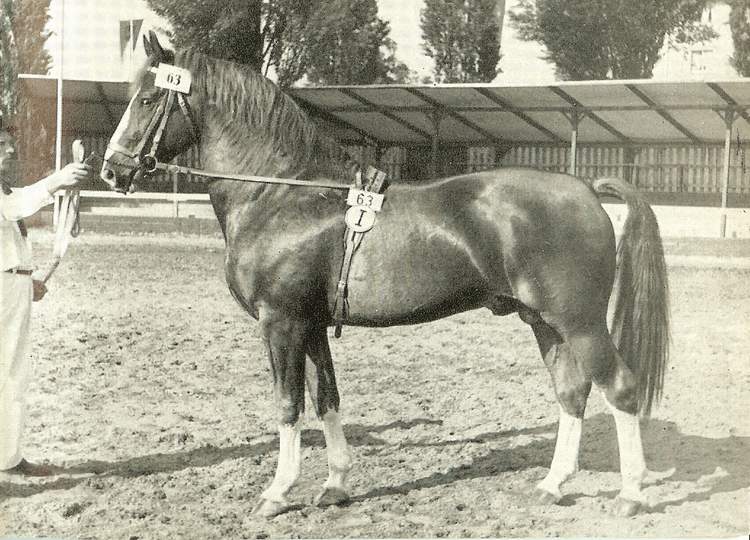
Pfalz-Zweibrücker

Introduction: If you have any comments or suggestions, please click here.
Names: Pfalz-Zweibrücker.
Origin: Germany: Rhineland Pfalz. (The stud is now used to breed East Prussian-Trakehner horses.) An elegant German breed of large-sized riding horses evolved in 1755 by the crossing of Arab, Persian, and Norman stock.
Breeding: Zweibrücken Stud founded in 1755 by Duke Christian IV of Zweibrücken. Norman, Persian and Arab horses formed the foundation of a breed of useful saddle horses and also improved the quality of indigenous breed. Stud closed down by Napoleon I and the horses seized. Refounded after restoration of the surviving horses by purchases of English and French horses. Stud completely destroyed in 1945. Restored on a small scale after the War (WW2), but closed down in 1960.
Description: Medium-heavy, fast-moving, elegant warm-blood horse with strong Arab influence.
Action: Smooth movements in walk, trot and gallop, covering the ground.
Body: Neck, beautifully set on and carried. Clearly marked withers; strong back with well-connected, rather straight quarters and with tail set and carried well. Well-placed shoulders. Considerable depth. Ample barrel.
Color: Any colour but chestnut usual. Usually sorrel, often with white markings on the head and feet.
Head: Very refined with clear Arab traits.
Legs: Clean, hard and healthy, with sound tendons and joints.
Size: 16 to 17 hands. 63-67 inches.
Temperament:
Features: Robust, with good nerves and quiet manners.
Uses:
Accomplishments:
Curiosities:
Profiles:
Conclusion: